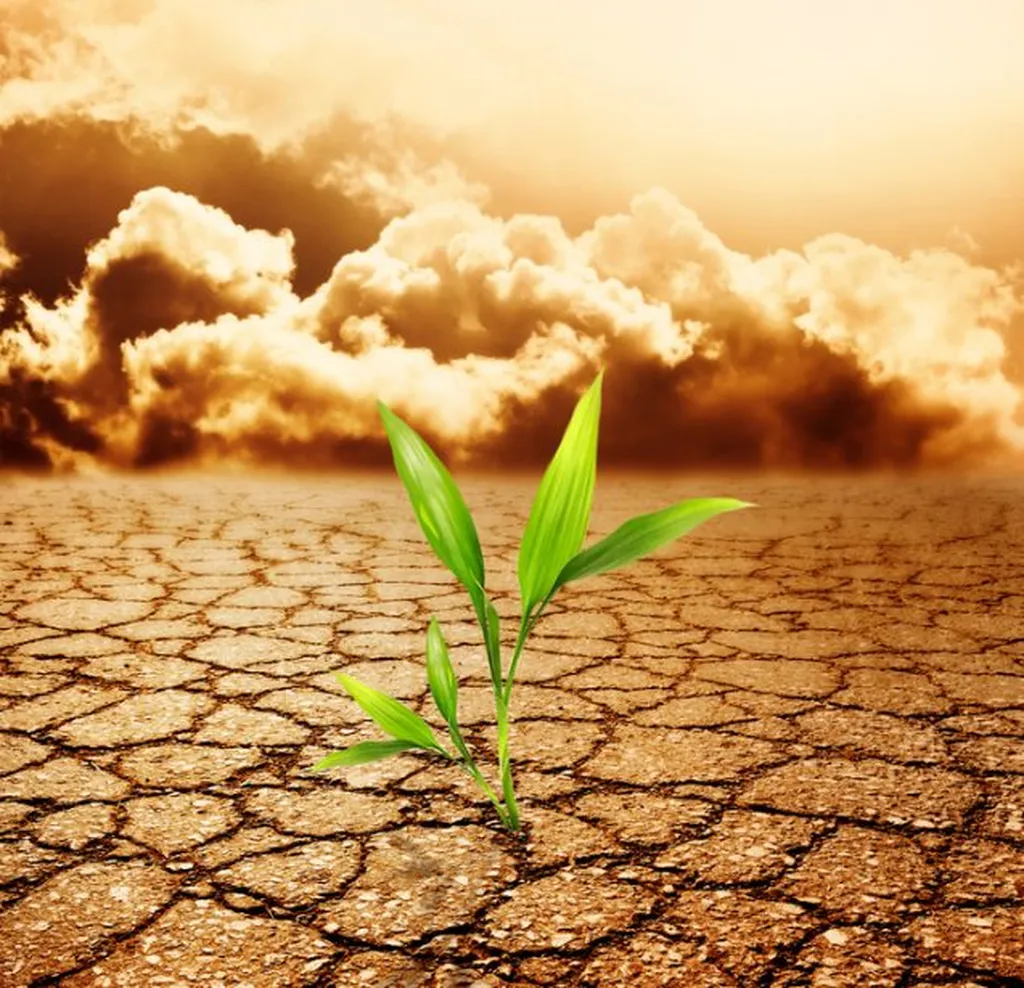The world is on a trajectory for around 2.8 degrees Celsius of warming by the end of the century, according to a new report from the Rhodium Group. While this is a significant improvement from pre-Paris Agreement projections of 3.7 to 4.8 degrees C, it still falls short of the international target of limiting warming to 2 degrees C. The implications for the agriculture sector and investors are profound and multifaceted.
The dramatic drop in the cost of clean energy over the past decade—with onshore wind prices falling 70 percent and solar and battery prices plummeting by roughly 90 percent—has contributed to this improved outlook. The Rhodium Group’s analysis suggests that emissions from the power sector could halve by midcentury, helping to mitigate some of the worst impacts of climate change. However, even with these advancements, the world is still likely to exceed the 2 degrees C target without much deeper cuts to emissions.
For the agriculture sector, the consequences of a 2.8 degrees C warmer world are alarming. Agriculture is highly sensitive to temperature changes, and even small increases can lead to significant shifts in crop yields, livestock productivity, and water availability. Warmer temperatures can exacerbate pests and diseases, reduce soil fertility, and alter growing seasons, all of which can disrupt food production and supply chains. Additionally, extreme weather events—such as droughts, floods, and storms—are becoming more frequent and intense, further threatening agricultural productivity and food security.
Investors in the agriculture sector must consider these risks and adapt their strategies accordingly. Diversification, investment in climate-resilient crops and technologies, and support for sustainable farming practices are essential for mitigating some of these risks. Furthermore, investors should be aware of the potential for regulatory changes and market shifts as governments and consumers increasingly prioritize sustainability and climate action.
The agricultural sector is not just a victim of climate change; it is also a significant contributor to greenhouse gas emissions. Livestock farming, rice cultivation, and fertilizer use are major sources of methane and nitrous oxide, potent greenhouse gases that contribute to global warming. Investors can play a crucial role in supporting innovations that reduce these emissions, such as alternative proteins, precision agriculture, and sustainable land management practices.
The new report underscores the urgent need for deeper emissions cuts to avoid the most catastrophic impacts of climate change. For the agriculture sector and its investors, this means a dual focus on adapting to the changes that are already underway and mitigating the changes that are still to come. The accelerating climate crisis is a major driver of global instability, and every fraction of a degree of warming that can be avoided is critically important for the future of agriculture and food security.

